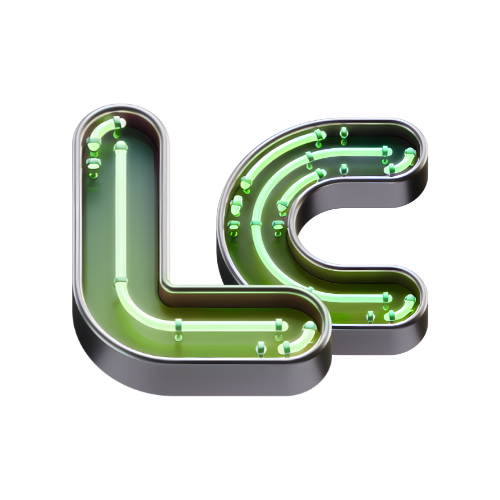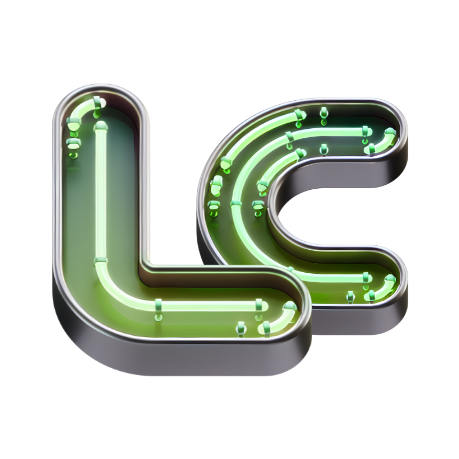This screen displays the main quest menu.
Main quests, civilian quests, military quests, and DLC content are grouped together.
Prototyped screen with the suggested improvements. The aesthetic can be altered to be similar to the screen as is in the game, but this new element disposition would improve the UX.
Game screen as is
Proposed improvement
At the top right corner, a mission tracker would be visible to the player. It could be static in this position at all times, updating as the players progress in the quest, or it could be also that appeared when prompt; by pressing R3 in the controller, for example.
Screen displaying the first tab of the Codex
Screen displaying the second tab of the Codex
In this screen you can see how the topics can be expanded and with that it's displayed an imaged to illustrate the subject and a description on its history.
Screen describing what each of the topics are and what is missing.
Screen describing how I would implement changes in the general menu structure and placement of elements.
Prototype with the elements placement I would apply as improvements.
Codex screen as it is in the game right now
Codex screen as my suggestion
Screen depicting the "messages" menu and how it's structured.
Sketched screen explaining what each of the messages are and which ones have CTAs.

